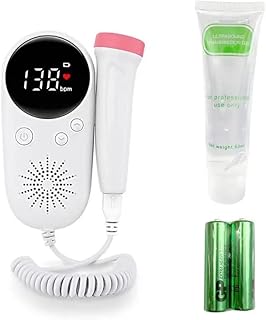In the realm of ophthalmology, the accuracy of diagnostic imaging techniques plays a crucial role in determining the appropriate treatment for patients with traumatic cataracts. Blunt or penetrating ocular trauma can result in traumatic cataracts, necessitating careful evaluation of the posterior capsule (PC) integrity before surgery. The integrity of the PC is a critical factor in determining the surgical approach and the type of intraocular lens to be implanted. Therefore, the ability to accurately assess the PC is paramount in ensuring successful outcomes for patients undergoing cataract extraction.
Recent advancements in optical scanning methods, such as anterior segment optical coherence tomography (AS-OCT) and Scheimpflug imaging, have provided valuable tools for evaluating anterior eye tissue, including the lens. These imaging modalities offer fast, accurate, and risk-free assessments of the lens, allowing clinicians to detect the position of foreign bodies, evaluate lens opacity, and identify tiny ruptures in the PC. However, challenges arise when ocular trauma, corneal edema, or severe lens opacity hinder the visualization of the PC using optical imaging systems.
In this context, the use of ultrasound imaging techniques has shown promise in accurately assessing the PC integrity in traumatic cataracts. Specifically, 14-MHz ultrasonography with tissue harmonic imaging (14-MHz + THI) has emerged as a reliable method for evaluating the PC of traumatic cataracts. This technique offers high-frequency imaging capabilities that can provide detailed information about the PC status, enabling clinicians to make informed decisions regarding surgical interventions.
Additionally, low-frequency ultrasound biomicroscopy (LFUBM) has demonstrated its utility in assessing the integrity of the PC in traumatic cataracts. With a lower frequency that enhances depth penetration, LFUBM can visualize the entire lens, including the PC, offering valuable insights into the status of the PC in patients with traumatic cataracts.
A comparative analysis was conducted to evaluate the accuracy of LFUBM and 14-MHz + THI in assessing PC integrity in patients with traumatic cataracts. The study included 51 patients with traumatic cataracts who underwent both imaging modalities before cataract extraction. The results revealed that both LFUBM and 14-MHz + THI exhibited high levels of sensitivity and specificity in diagnosing the status of the PC in traumatic cataracts. The two methods showed comparable accuracy in assessing PC integrity, indicating their potential as reliable diagnostic tools in these cases.
Moreover, the study highlighted the importance of preoperative imaging in determining the overall shape of the lens and assessing the integrity of the PC to guide surgical planning and improve postoperative outcomes for patients with traumatic cataracts. By accurately evaluating the PC status before surgery, clinicians can select appropriate surgical strategies, predict prognoses, and minimize the risk of intraoperative and postoperative complications.
In conclusion, the findings of this study underscore the value of LFUBM and 14-MHz + THI as effective tools for evaluating PC integrity in traumatic cataracts. These imaging modalities offer valuable insights that can inform surgical decision-making and improve outcomes for patients undergoing cataract extraction following ocular trauma. The study’s results contribute to the growing body of evidence supporting the use of ultrasound imaging techniques in the assessment of traumatic cataracts, highlighting their role in enhancing diagnostic accuracy and optimizing patient care in ophthalmic practice.
📰 Related Articles
- Color Doppler Ultrasound Enhances Moyamoya Surgery Outcomes in Children
- Ultrasound: Safe and Versatile Imaging for Medical Diagnoses
- Ultrasound vs. Intra-Articular Injection for Knee Surgery Pain Relief
- Ultrasound Pioneer Enhances Emergency Care for Improved Patient Outcomes
- Ultrasound Innovation Enhances Postmortem Gestational Age Estimation






